As summer winds down and the school year approaches, it’s time to take a fresh look at H.R.1 – also known as the One Big Beautiful Bill Act – which is now law, and what it means for families with children under 18. Whether you're preparing lunches or planning budgets, here's what parents should know as they navigate this new tax landscape.
What Parents Need to Know
Expanded Child Tax Credit & Dependents
One of the bill’s headline features is an increased child tax credit. Beginning in tax year 2025, it rises to $2,200 per child, with a permanent, inflation-indexed $1,400 refundable portion – though the real benefit will vary based on your income bracket.
The child and dependent care credit has also been revamped. It now covers 50% of qualifying expenses, gradually phasing down as income rises. These adjustments may help families juggling childcare bills and back-to-school expenses restore some financial breathing room – though again, the benefit may be modest for higher-income filers.
Trump Accounts: A New (and Controversial) Savings Option
H.R.1 introduced “Trump Accounts,” which are IRA-style savings vehicles specifically designed for minors. With these:
Only children under 18 can be beneficiaries.
Annual contributions will be capped at $5,000.
Distributions become available only when the child turns 18.
Employers and even state or charitable organizations can contribute.
A $1,000 tax credit is offered to those opening accounts for kids born between 2025–2028.
It sounds appealing – but because these accounts are new and carry specific use restrictions, their usefulness depends on family circumstances and financial goals. And beyond the initial deposit, the advantages of these accounts are modest when compared with existing tax-advantaged savings tools, such as 529 plans or IRAs.
529 Plan Flexibility
H.R.1 also expands 529 plan usage, allowing tax-advantaged withdrawals for:
Elementary and secondary school costs (beyond tuition),
Postsecondary credentials, and other educational needs.
This broader flexibility may ease financial planning for schooling beyond traditional structures, but only if parents already have or start using 529 accounts strategically. Parents should also be mindful of how their state applies these federal rules – differences at the state level could lead to unexpected costs or penalties.
Other Changes of Interest
Charitable contribution deductibility: Non-itemizers may deduct up to $1,000 ($2,000 joint) for giving – potentially useful if your family supports schools or nonprofits. Itemizers will face a 0.5% floor, which might limit their deductions.
What These Changes Mean for Vermont Families
Low- to moderate-income families may find relief via expanded credits and deductions – particularly for the costs of childcare and dependents.
Families with savings goals (college or otherwise) now have more options: Trump Accounts might help start early savings, while 529 flexibility offers broader coverage.
Itemizers might reconsider whether tax breaks like charitable deductions remain worth claiming under the new rules.
Back-to-School Planning Checklist
Estimate your total benefit using child tax and care credits to help set realistic expectations on how much extra cash will flow back.
Evaluate savings vehicles to ensure you’re using the most flexible, tax-efficient tool for each child.
Plan ahead about charitable giving. Non-itemizers now have a modest deduction; itemizers may face limits on deductions.
Bottom Line
H.R.1 brings significant changes for families, especially those with young children. But the real impact depends on your unique situation. While credits and savings tools may help with expenses, some provisions introduce complexity that will require smart planning.
At Angolano & Company, we’re here to help you translate these changes into strategies that truly support your family’s goals.
Reach out to us to review your family’s filing status, deductions, and savings plans before the school year – and the 2025 tax season – begins in earnest.

